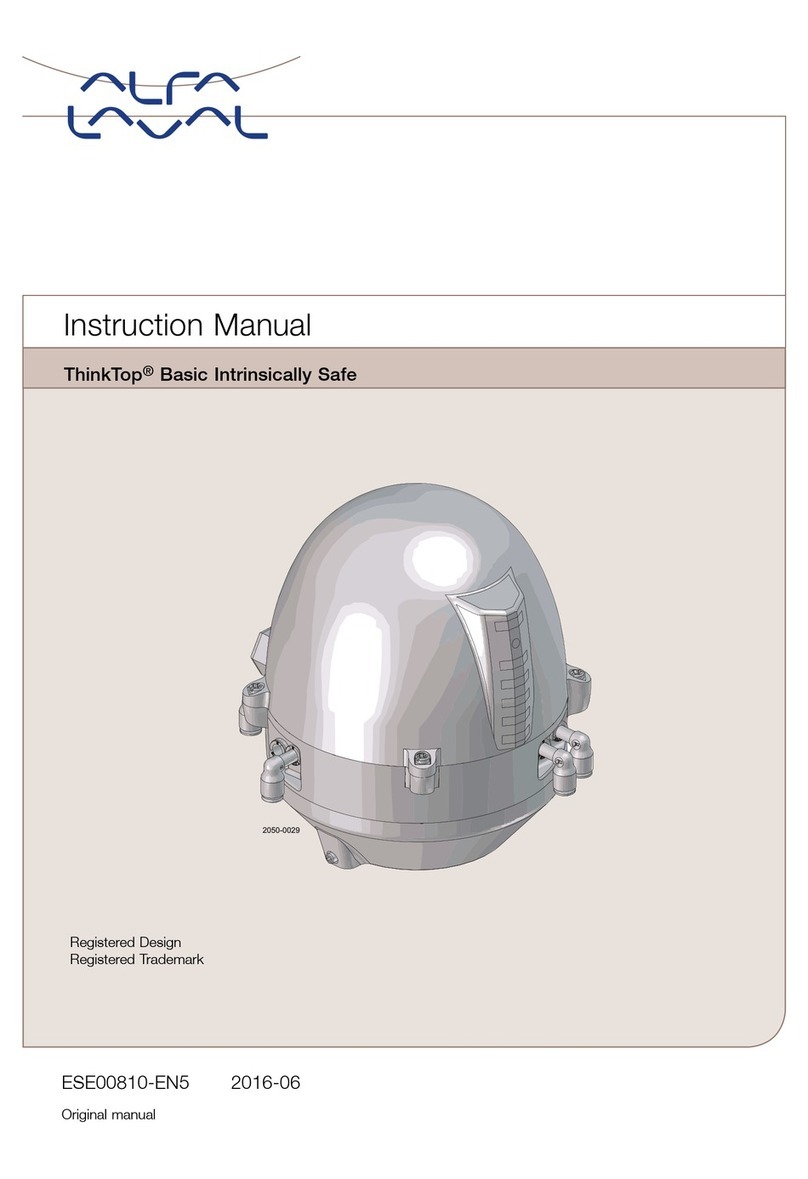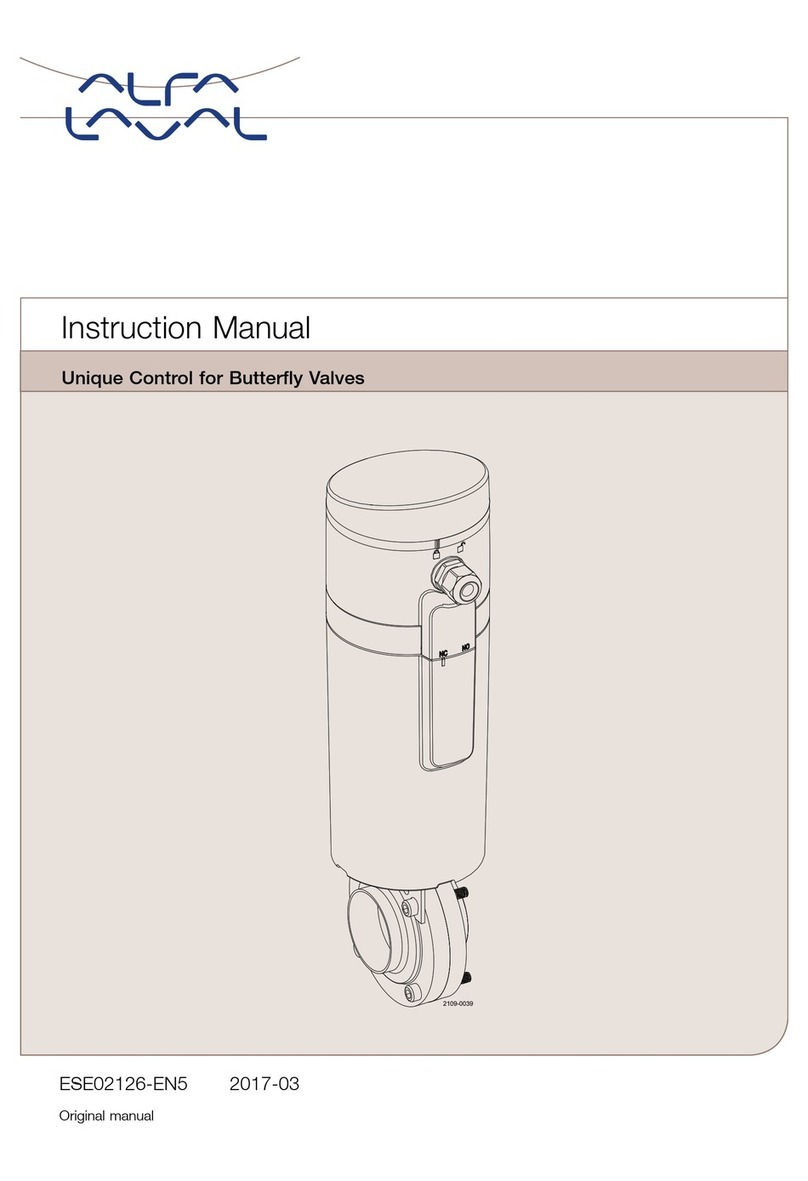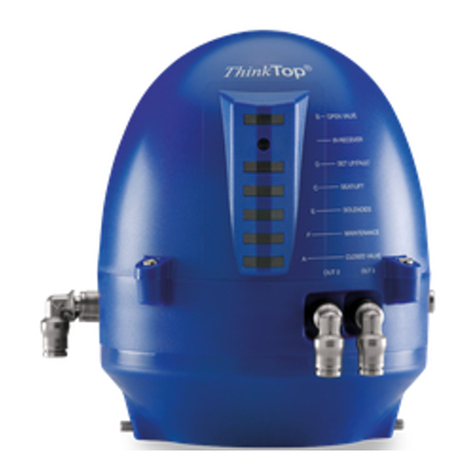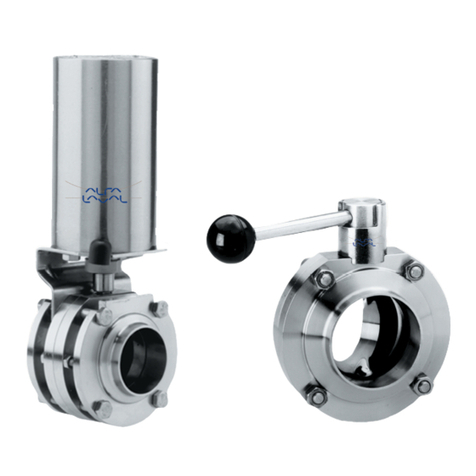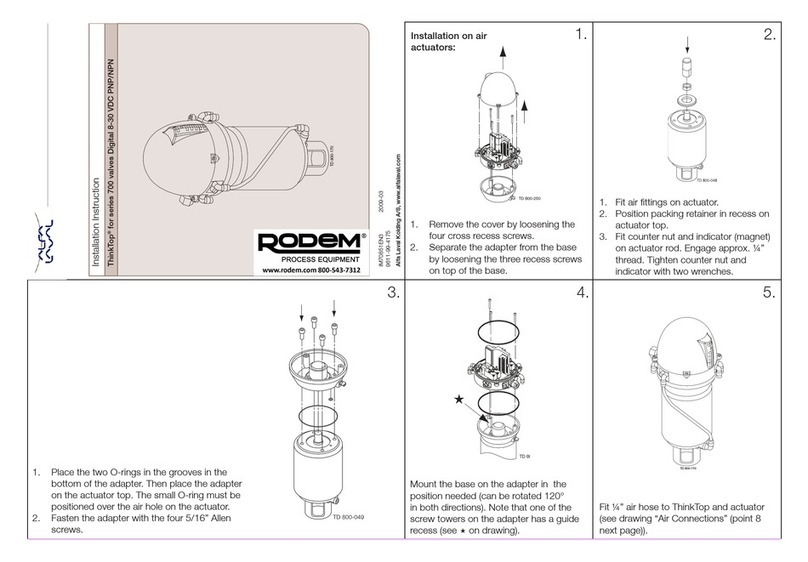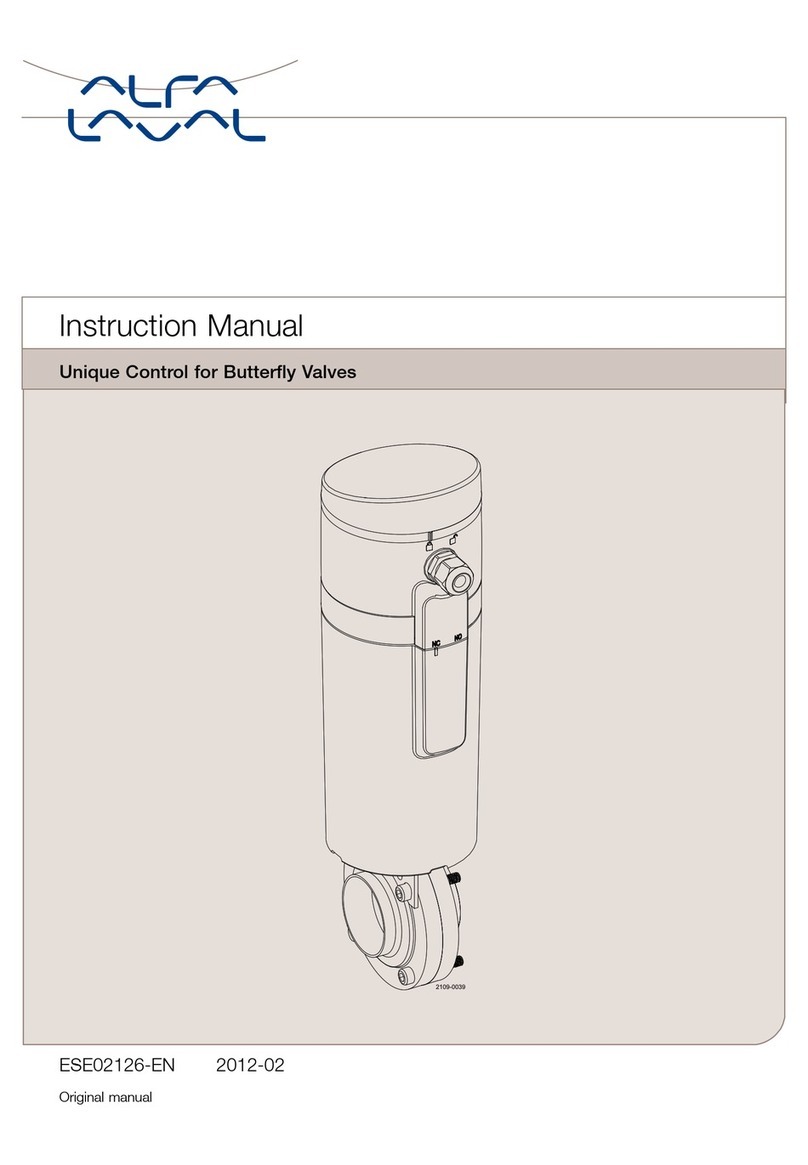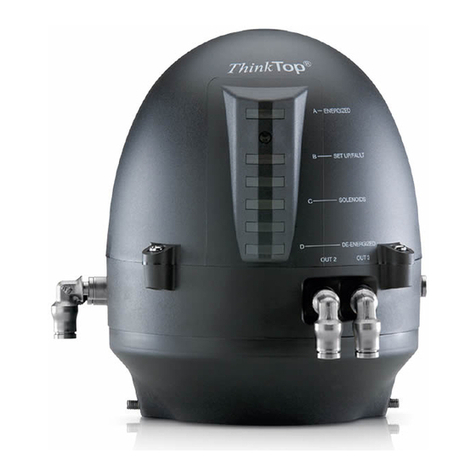
Table of contents
The information herein is correct at the time of issue but may be subject to change without prior notice
1. EC Declaration of Conformity ....................................................................... 4
2. Safety .................................................................................................... 5
2.1. Important information ............................................................................. 5
2.2. Warning signs ..................................................................................... 5
2.3. Safety precautions ................................................................................ 6
3. Installation .............................................................................................. 7
3.1. Unpacking/delivery ............................................................................... 7
3.2. General installation ................................................................................ 8
3.3. Important Installation Information ............................................................... 10
4. Operation ............................................................................................... 11
4.1. Operation .......................................................................................... 11
4.2. Troubleshooting ................................................................................... 13
4.3. Recommended cleaning ......................................................................... 14
5. Maintenance ........................................................................................... 16
5.1. General maintenance ............................................................................. 16
5.2. Dismantling of Unique Vacuum Breaker Valve ................................................. 17
5.3. Assembly of Unique Vacuum Breaker Valve ................................................... 18
5.4. Dismantling of actuator ........................................................................... 19
5.5. Assembly of actuator ............................................................................. 20
6. Technical data ......................................................................................... 21
6.1. Technical data ..................................................................................... 21
7. Parts list and service kits ............................................................................ 22
7.1. Unique Vacuum Breaker Valve .................................................................. 22
3
